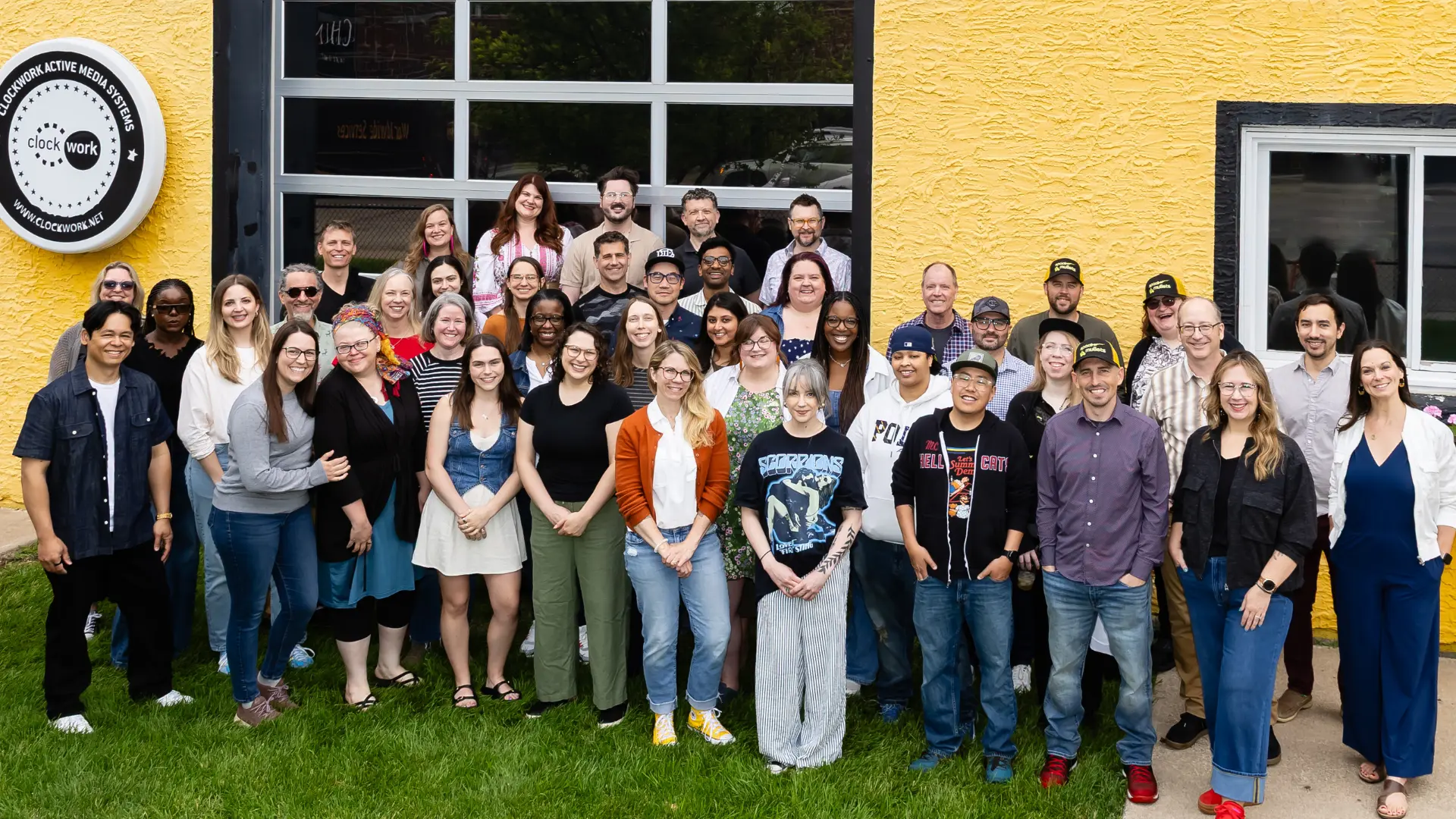People are persuaded more by the actions of others than by any proof we can offer.
— Robert Cialdini
I’ve been thinking a lot lately about toilet paper. Actually, I’ve been thinking about the principle of social proof, but I wasn’t convinced that would draw you in to read this. But, really, it’s all connected.
Social proof and organizational change
Social proof is a principle of influence that says we figure out what to do by watching what other people do. Which is how isolated runs on toilet paper in advance of COVID-19 quarantines (self- or otherwise) became nationwide shortages.
In general, when we are unsure of ourselves, when the situation is unclear or ambiguous, when uncertainty reigns, we are most likely to look to and accept the actions of others as correct.
— Robert Cialdini
Social proof is one of the most powerful actors in any change we experience — at work or in life. When there’s a change at work — new software, re-org, layoffs, new processes, even a new department leader — everyone affected will look around to see how to react. This is when it’s most important to have people-leaders and influencers at all levels engaged in the organizational change and ready to demonstrate the behaviors you’re looking for.
How do we demonstrate behaviors for organizational change?
- Make sure people-leaders have a specific plan to support their people in adopting the change (and a way to manage any resistance that comes up)
- Figure out who (in your team/department/organization) employees go to for information — the non-people-leader influencers — and engage them as cheerleaders and champions of the change
- Make sure the executive leaders are clear on how to play their parts, too
When your employees look around to see how to behave during the uncertainty of the change, let them see champions of all kinds demonstrating adoption of the new way of working. It will accelerate acceptance of the “new normal” and get you through much of the transition more smoothly.
Want to learn more about social proof and other types of influence? Read Influence: Science and Practice, by Robert Cialdini. Want to talk about how Clockwork can help support adoption of your changes? Send us a message and we’ll be in touch.




